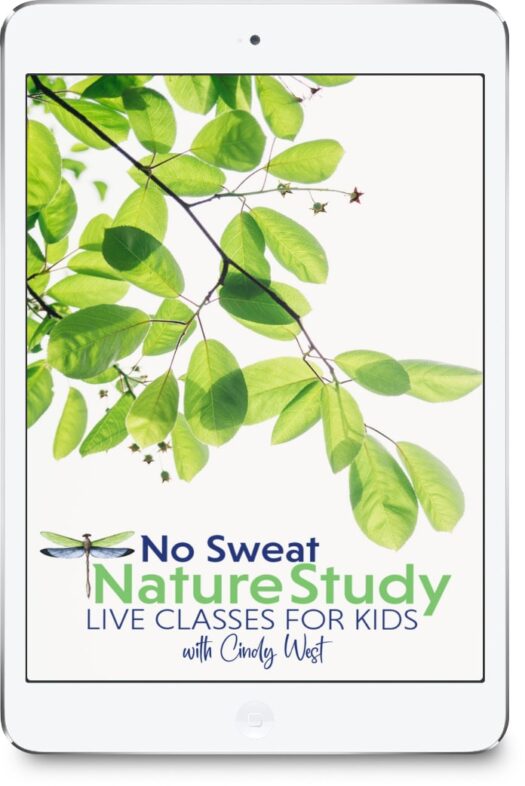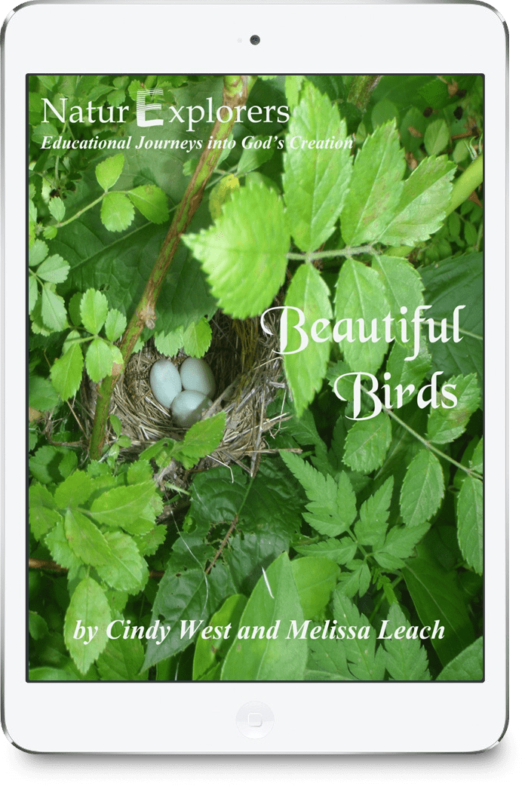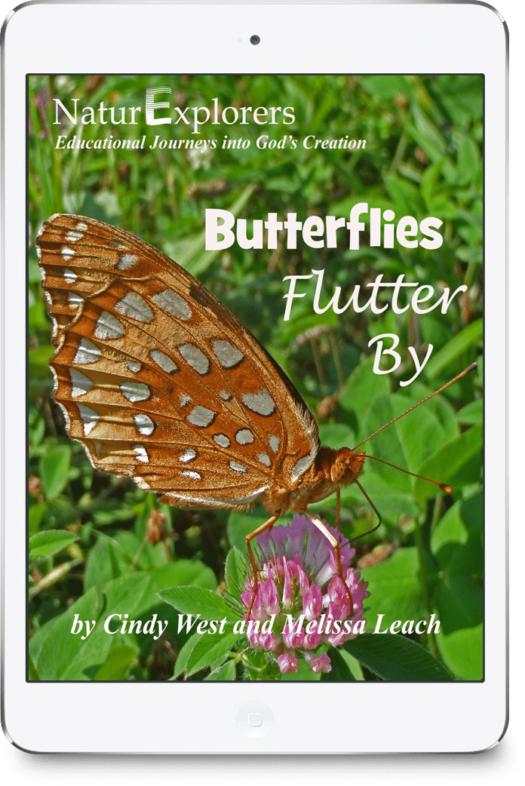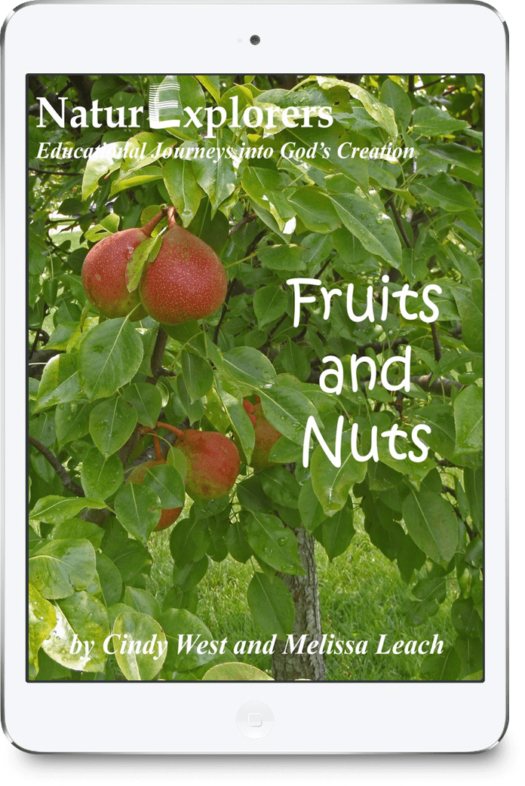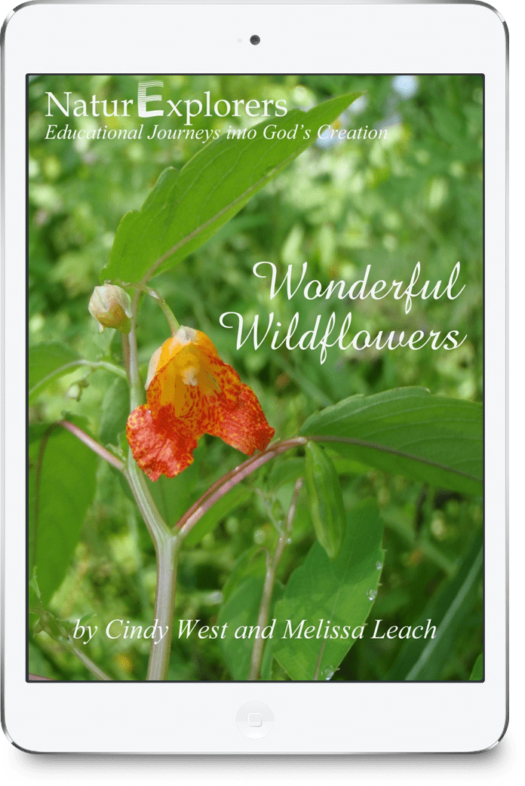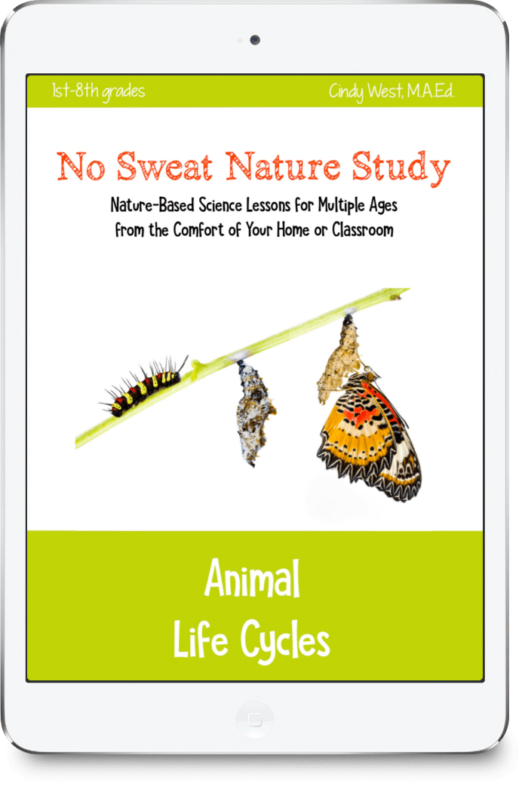Pollinator Nature Study
Enjoy a hands-on pollinator nature study and homeschool nature walk challenge with the whole family!
Today, we’re learning about one of the most important groups of animals. It’s not your typical group like dogs or horses. It’s not even one of the big groups of animals like mammals or reptiles.
This special group is made up of all types of animals from butterflies and bees to hummingbirds, bats, and even some lizards. Can you guess what group we’re talking about? If you said pollinators, you are correct.
The Life Cycle of a Flower
Before we learn more about pollinators, we need to talk for just a minute about flowering plants, officially called angiosperms. The beautiful flowers that grow on them are an important part of a plant’s reproductive system. The “reproductive system” is just a fancy thing to call the part of a plant that makes seeds so that new baby plants can grow someday.
As we continue learning, it will be particularly helpful for you to view the diagram of a flower’s reproductive system below.

The petals of a flower open up to expose the reproductive system. Beautiful petals are usually the first thing that we notice about a flower. That’s because they’re meant to be noticed, especially by pollinators. The bright colors and even the lovely fragrances attract bees, hummingbirds, and other animals by communicating, without words, that sweet and yummy nectar can be found there.
As a pollinator wriggles its way to the nectar at the base of the flower, it passes by special male and female parts of the flower. The male part is called the stamen. Do you hear the word “men” in there? That will help you remember it’s the male part. The female part is called the pistil. Several types of flowers will actually have more than one stamen and more than one pistil inside the flower.
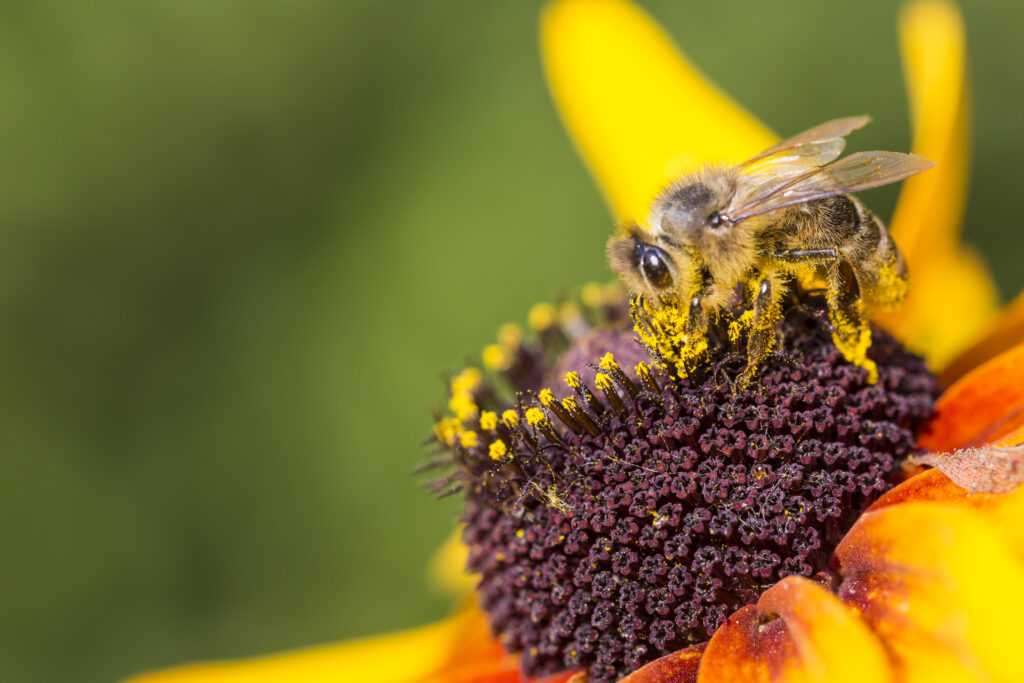
About Pollen
Each stamen is made of a very skinny stalk called a filament that supports a teeny oval shape structure where pollen is produced. If you’ve ever brushed past a flower with your hand and found your hand to be smeared with a yellow powder, you’ve seen pollen.
Pollinators are called POLLEN-ators because they accidentally collect the sticky, yellow, powdery pollen on their bodies as they wander into the flower to enjoy the nectar. As pollinators flit from flower to flower, eating more nectar and accidentally picking up more pollen, they also happened to rub the female part or parts of the flower.
Do you remember what the female part is called? Yes, a pistil. Not a pistol, like a gun, but this pistil looks kind of like a vase. The top of the vase-like structure is called the stigma. And basically, it’s a sticky hole that leads to a tube called a style. And at the bottom of the vase-like female part is an ovary that contains eggs.
When a pollinator rubs past the sticky stigma at the top of the female part of the flower, some pollen grains that were stuck to the animal get stuck to the stigma instead. What happens next is a little more technical than this, but essentially they eventually travel down the style tube and meet with eggs called ovules inside the ovary.
When the sperm from the pollen meets an egg, we say fertilization occurs. In people, when a sperm and egg meet, they grow into a baby. Do you happen to know what grows when the sperm and egg of a flowering plant meet? They grow into a seed!
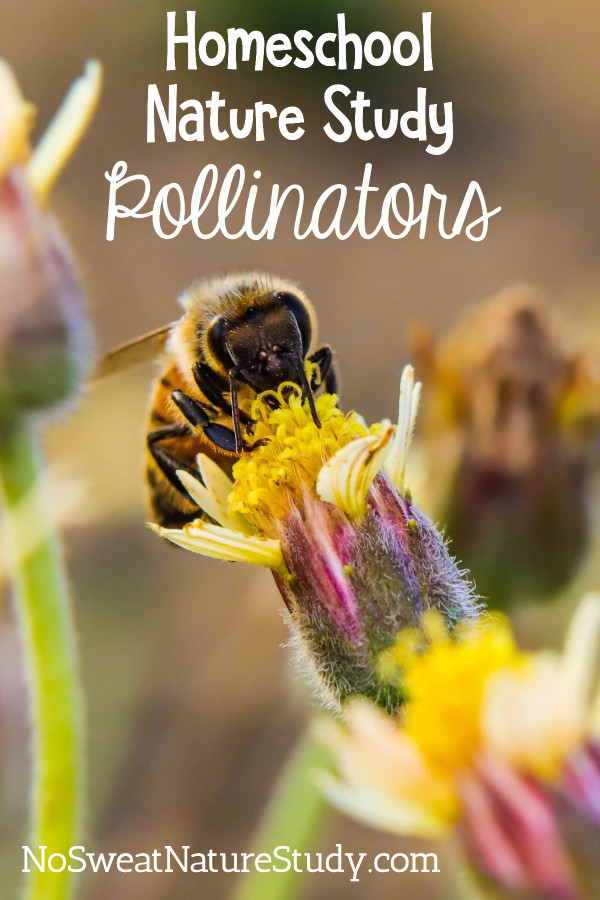
This post contains affiliate links.
About Pollinators
Of course, we know that seeds can eventually become new plants. So let’s stop and think for a minute…this episode of the podcast is supposed to be about pollinators, but we’ve talked an awful lot about the reproductive process of flowering plants. What does all of that have to do with pollinators?
Well, if pollinators didn’t help pollen move from the male parts to the female parts of flowering plants. There wouldn’t be any new seeds. If there were no new seeds, there would be no new plants. If there were no new plants, there wouldn’t be enough food for people and animals to eat. And if there isn’t enough food to eat, people and animals can’t survive. I hope you get the hint that pollinators are very important to the world!
As you probably know, because flowering plants are found just about everywhere in the world, that means pollinators are found all over the world, too. In fact, there are nearly 200,000 animals that are considered pollinators!
Insects like butterflies, moths, bees, flies, and beetles make up the majority of pollinators, but other small animals like birds, lizards, and small mammals like bats and mice can be pollinators, too. Any time you see an animal hanging around inside a flower, you can say that it is a pollinator because it’s probably transporting pollen from stamens to pistils so that future plants can grow.
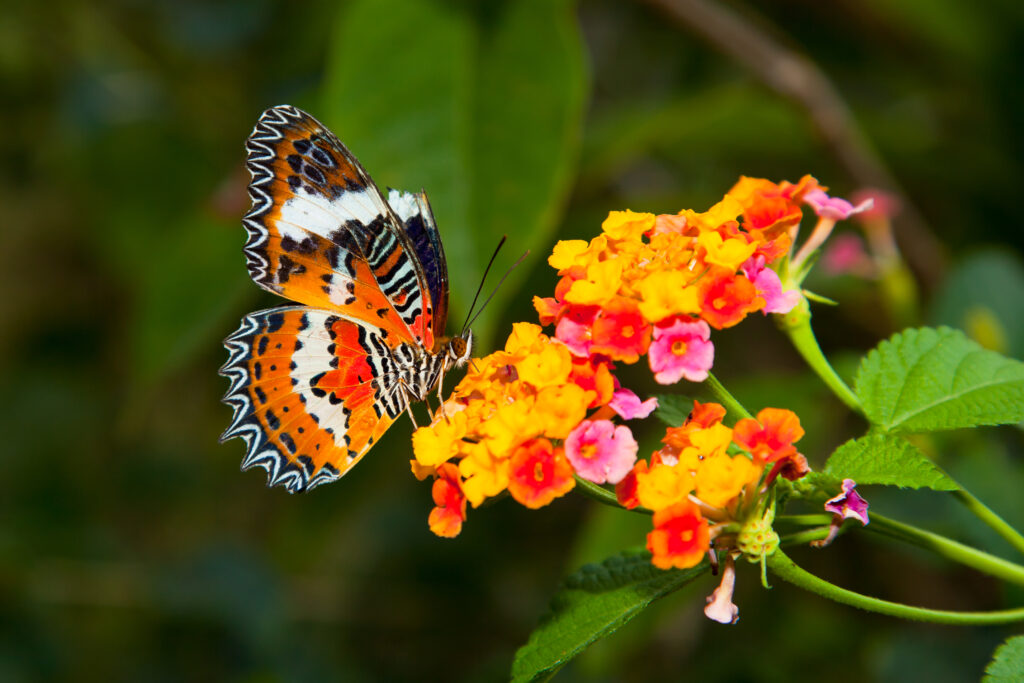
Pollinator Nature Study Challenge
Do you think the wind and water can sometimes be pollinators? Yes, they can! Anything that helps to move pollen from a stamen to a pistil is considered a pollinator. In fact, YOU are going to become a pollinator today!
Grab a few things before you head out the door:
- nature journal
- colored pencils
- pipe cleaner, q-tip, or cotton ball
- scotch tape (optional)
- magnifying glass (optional)
You’re taking a nature walk to look for flowers today. The bigger the flower, the better because it will be easier to see the reproductive parts inside. When you find a flower that you like look ever-so-closely inside it. Use a magnifying glass if you like.
Your first task is to sketch everything you see inside the flower. Try to label as many parts of the flower as possible. Remember, there’s a diagram at the top of this post to help you identify and label those parts.
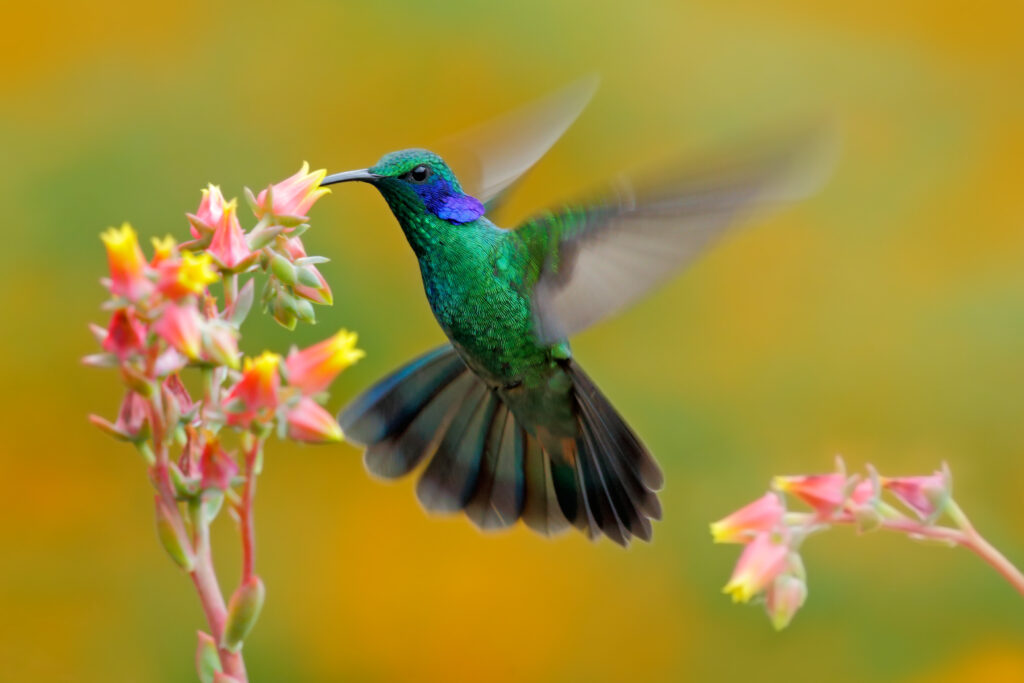
Your second task is to become a pollinator. If you have a pipe cleaner, bend the top into the shape of a bee. If you’re using a Q-tip or cotton ball, there is no need to try to make a shape. No matter what you’re using as a pretend insect, carefully, without destroying the flower please, send your insect in to find some nectar at the base of the flower.
Wriggle around a bit. Now bring your insect out and see if you can find any pollen grains. Remember they will be yellow and powdery and probably stuck to the underside of your pretend insect. If you see some pollen feel free to dab a few grains into your nature journal and place a piece of scotch tape over them to keep them in your nature journal forever.
Now, visit a few other flowers of the same variety with your pretend insect. As you wriggle in to get more nectar, you will likely pick up more pollen. You will also likely, whether you can tell it or not, leave behind some of the pollen in some of the stigmas. And that means that you can pat yourself on the back for helping to pollinate flowers today!
Summer Is Perfect for No Sweat Nature Study LIVE
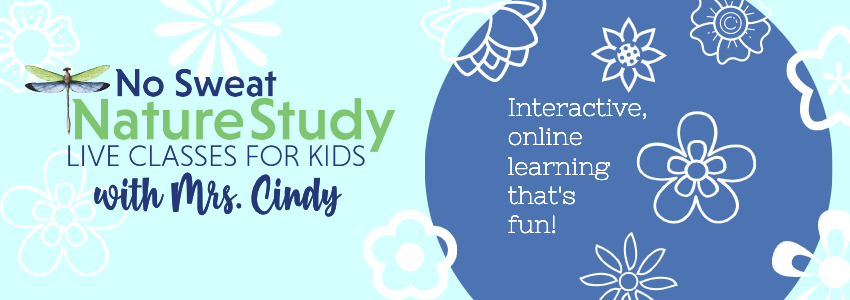
Parents, you can fill the upcoming long, hot days of summer with nature study from the comfort of your air-conditioned home. Yes, it’s true! Your children can enjoy fun, engaging science lessons to beat the heat with me in the No Sweat Nature study LIVE membership all summer long.
They can join two live events per month, and also choose from a video library that is chock full of nature study topics. At the end of each class, they will have completed a beautiful nature journal page which will be full of information and scientific vocabulary to share with you. We have a blast together!
I’ll see you very soon for the summer season of the podcast. Until then, happy nature exploring!
Links & Resources
Please leave a rating or a review on your podcast app! It helps the podcast to show up for more people…which means more families can enjoy science through the wonderful lens of nature study! Thank you!

